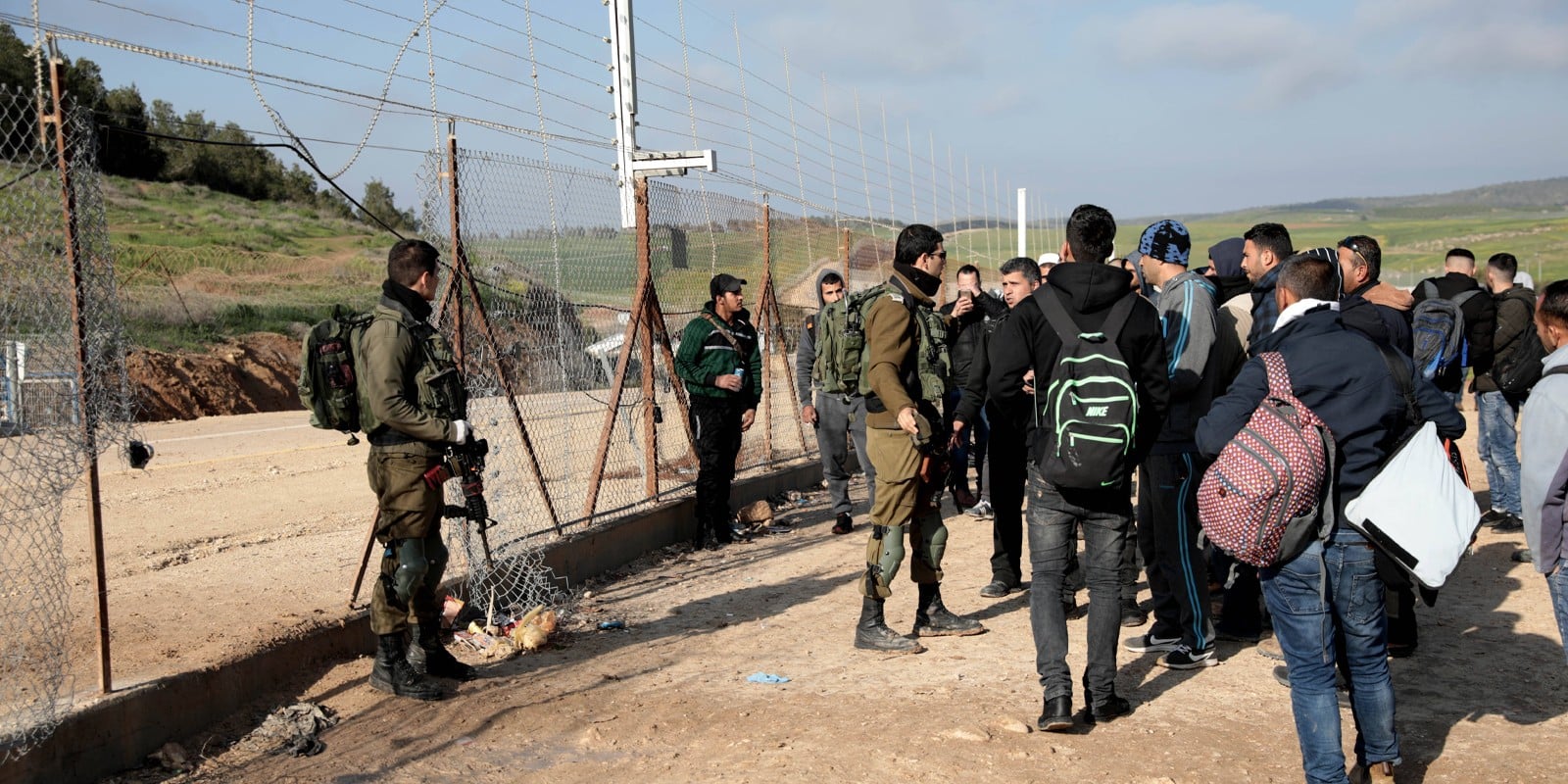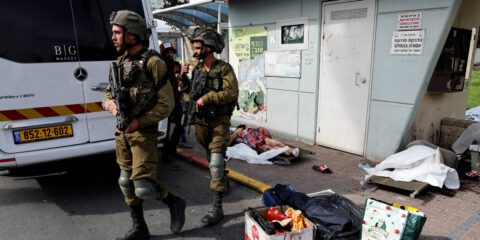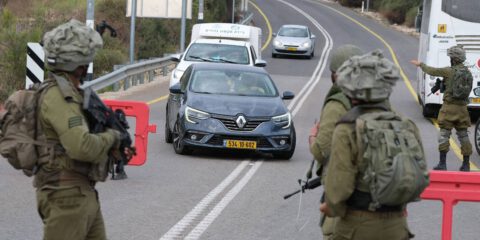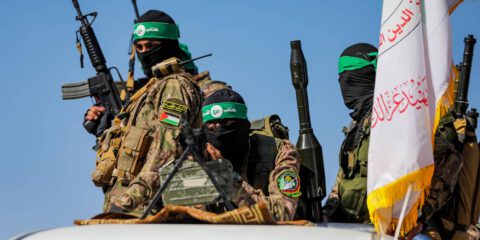A static “dumb” security fence can hardly be effective against young and resourceful workers, many of whom work in construction and are experts in dismantling barriers and desperately want to work within the green line.
A comparison between the current wave of Palestinian terrorism and the previous wave between October 2015 and March 2016 generates two seemingly contradictory questions: 1) Why has this wave of terrorism become much more lethal per terrorist incident, and 2) Why is there less willingness in the Palestinian population to engage in it?
After nearly three months since the latest terror wave began, it is clear that fewer Palestinians are motivated to engage in terrorism than they were almost seven years ago. A terror wave is defined by at least a tenfold increase in terrorism from the previous period.
The data leaves no room for doubt: In the first three months of the 2015-2016 wave, there were 134 terrorist incidents in which Israelis and a few foreigners were either killed or maimed. There have been 23 attacks during the current wave that began in March.
At the same time, the terrorists have been far more lethal during the current wave than in the past. In the recent surge, 20 have been killed in 23 attacks, whereas, in the first three months of the last wave, 28 Israelis were killed in 134 incidents. In terms of lethality per incident, the current assailants were four times more effective than their predecessors.
What can Israel do to decrease the willingness of Palestinians to engage in terrorism and reduce the effectiveness of the attacks?
Security officials are right to adopt a policy that specifically targets the terrorists, their families, and the terrorist groups. However, some of the terrorists are unaffiliated with terrorist organizations, making it harder to prevent them.
Targeted raids, the arrest or elimination of terrorists and supporters, and destroying their homes are effective measures to shorten the wave. However, curfews and closures of entire villages are counterproductive. These methods prevent workers who work within the green line from traveling, where their income is double what they make locally. It will only fuel resentment and, in the long term, increase the willingness to engage in terrorism.
More complicated is devising ways to reduce the disturbing growth in the effectiveness of the current wave of terrorists.
This increased lethality has to do with changes beyond Israel’s control. Once, it took a workshop, which could be monitored by the security forces, to produce a weapon. However, machinery has become much cheaper, more micro, and ubiquitous due to imports from China and elsewhere.
So learning to make a makeshift gun has become more accessible due to the internet and increasingly high educational levels. Hence, rising living standards increase the ability to buy the machinery that makes these guns. Yet, many attacks continue to be carried out using simple weapons such as knives or construction equipment.
The security fence in the past was of minor importance in reducing terrorism compared to gathering intelligence on Hamas, Islamic Jihad, and Fatah’s al-Aqsa Brigade operatives that enabled the preventive arrests of would-be terrorists.
But, at least in theory, the fence’s importance has become commensurate with the growing phenomenon of attacks by terrorists unaffiliated with terrorist organizations or broadly ideologically motivated terrorists over whom there is little intelligence.
Unfortunately, several aspects of the fence, a significant defensive measure, are problematic and reduce its effectiveness.
Much of the most sensitive areas of the fence run along both sides of the green line and are densely populated by Arabs. In addition, patrolling 500 km (311 miles) of the barrier requires security manpower the IDF and other security forces find challenging to meet. Further, adequately maintaining the fence is very expensive.
A static “dumb” security fence can hardly be effective against young and resourceful workers, many of whom work in construction and are experts in dismantling barriers and desperately want to work within the green line.
They are met on the other side by no less eager Israeli employers in an economy that thirsts for manpower the Palestinians provide. The ubiquitous smartphone has solved the coordination problem between workers and employers.
Making sure these workers are officially authorized and pass the official border posts (as indeed fifty percent are) is easier said than done. For many of these workers, acquiring permits to work in Israel increases the distance, time, and cost of travel and the bureaucratic steps involved. Moreover, it would take a lot of monitoring, policing, and high fines to diminish the phenomenon of unauthorized workers.
Usually, a campaign against illegal workers begins with enthusiasm, only to fade away as the police address other concerns. Instead, making sure employers provide generous social and pension benefits could be more helpful.
Increased policing certainly works. Jerusalem was the scene of five of the 23 attacks, but only one killing in the recent wave. This can be attributed to a much heavier police presence in Israel’s capital than elsewhere.
But the police are overstretched. The state should encourage the carrying of arms by reserve combat personnel by providing these arms free of charge and providing tax credits to motivate them to do so.
The state must crackdown on media outlets such as Al Jazeera, websites belonging to the Palestinian Authority, Hamas, and Islamic Jihad, and locate, arrest and prosecute participants in the new media, such as TikTok, who incite attacks against Jews.
And most of all, the security forces must immediately act forcefully to cope with this wave.
JISS Policy Papers are published through the generosity of the Greg Rosshandler Family.
Photo: IMAGO / Xinhua









 - בניית אתרים
- בניית אתרים